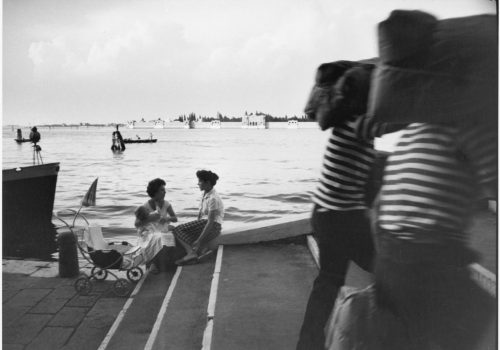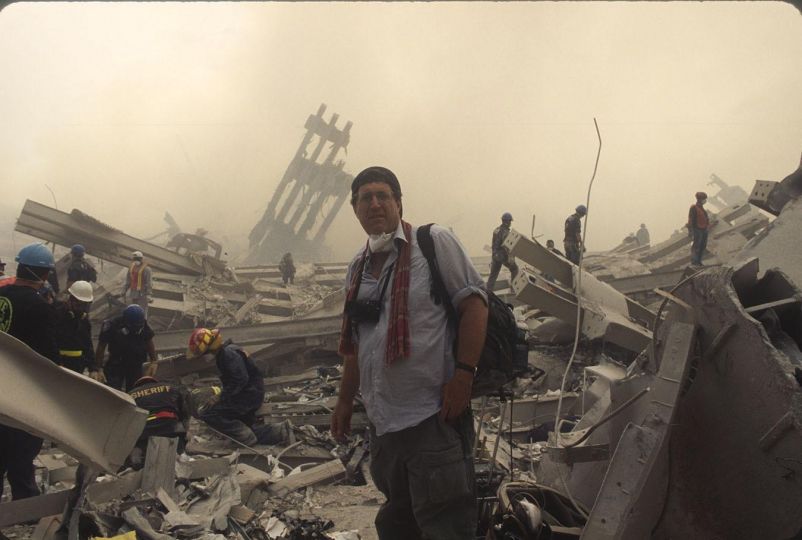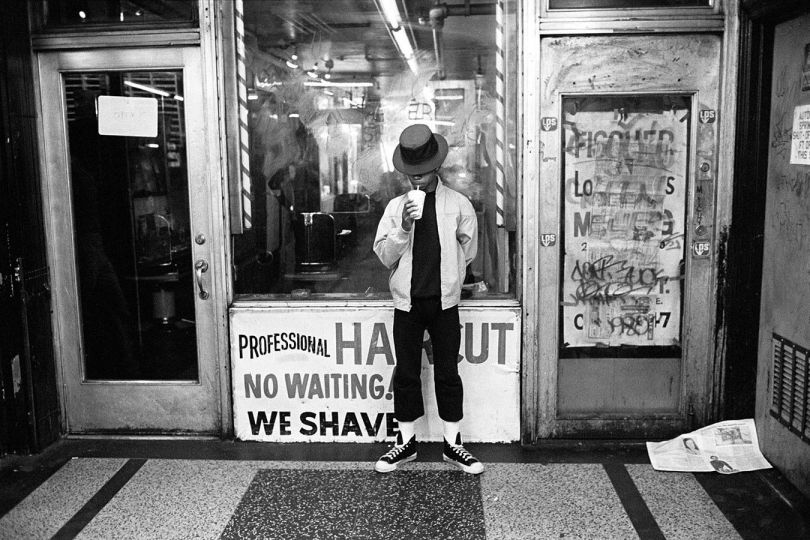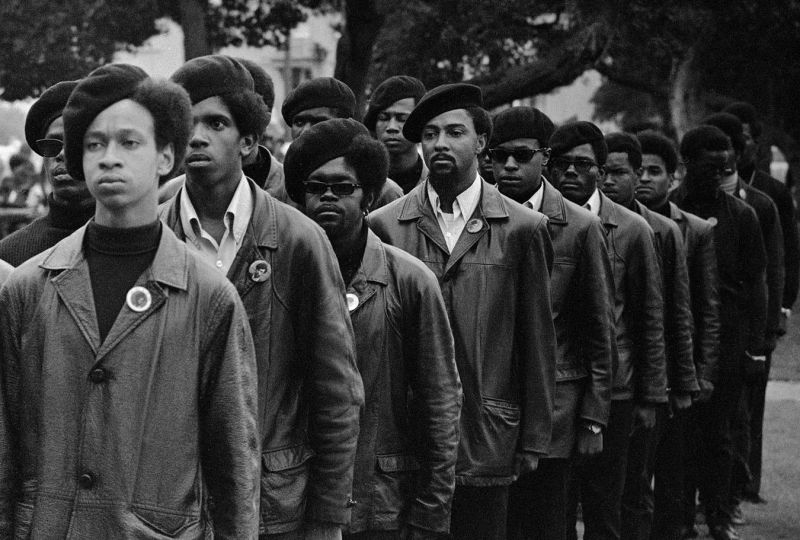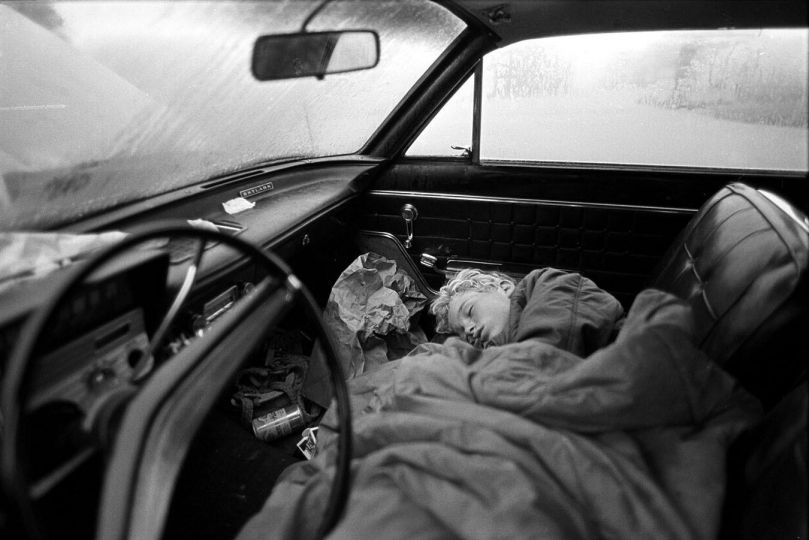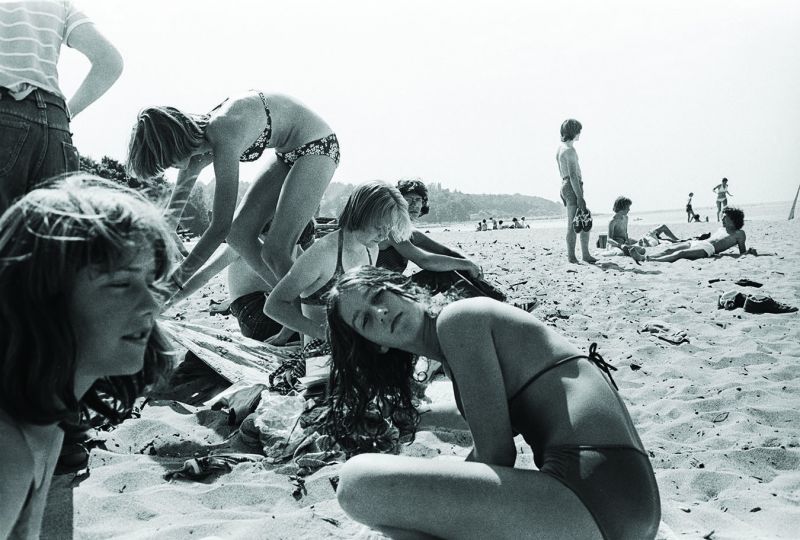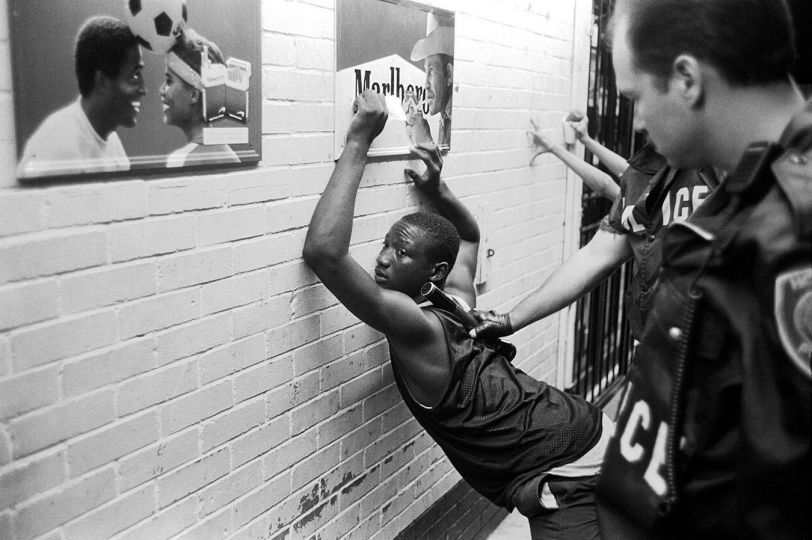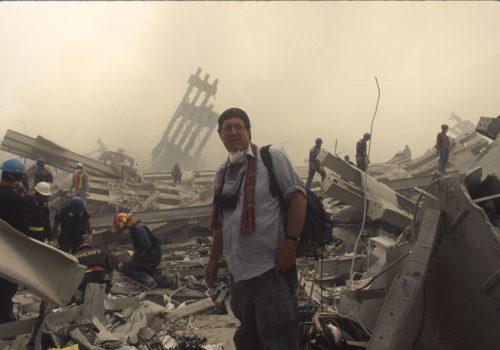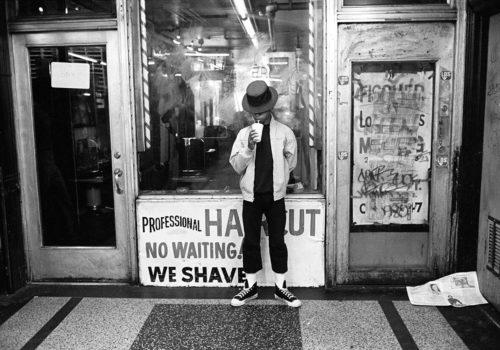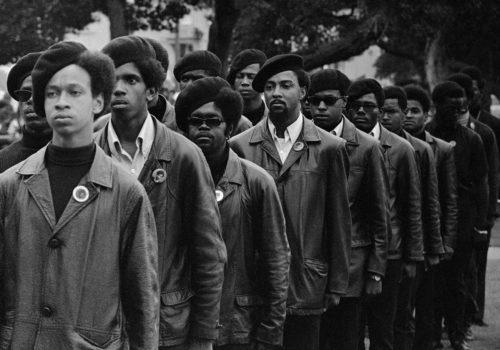Venice: an interesting retrospective dedicated to Willy Ronis (1910-2009) is on at the Casa dei Tre Oci – a fascinating example of neo-Gothic architecture facing St Mark’s square. The lagoon city pays a tribute to the French photographer displaying 120 vintage images, among which some previously unexhibited ones devoted to Venice. Documents and letters are on display, too, ranging over his whole career.
Ronis was a protagonist of the French movement of humanist photography, alongside Brassaï, Henri Cartier-Bresson, Robert Doisneau, Izis, Marc Riboud and Sabine Weiss. Their focus, even in the absence of a programmatic manifesto,was the human condition and the most simple aspects of everyday life. According to this view, Willy Ronis developed a kind of micro-tales, dealing with people and situations on the streets and in daily life that let him discover a universal existential meaning.
When his father, who kept a photography store and portrait studio, died, Ronis took up his job. Later on – in 1936 – he took his camera into the streets of Paris, setting up as a freelance photographer.
Though his pictures are somehow narrative and poetics, he was deeply interested in social context and injustice as well as in stressing the dignity of people he photographed. Ronis belonged to Association des Écrivains et Artistes Révolutionnaires, and asa militant communist he was involved through the production of images of the workers’ condition and social battles. He was interested in the working-class world and in industry itself, with its factories: he managed to capture this world empathetically. In the post-World War II, Willy Ronis covered social conflicts, such as the strikes at Citroën (1938) and Renault (1950) and, for Life magazine, miners’ strikes in France (1948-1951), somehow conveying his solidarity with the workers’ struggles in his pictures.
The greater part of his most reproduced images were shot in France, but from his youth onwards Ronis went on travelling and photographing other places. Anyway, he always thought it was more important to receive the images than to go in search of them, to absorb the external world rather than to capture it and, from this point, to construct stories. In 1946 Ronis joined the photo agency Rapho; he was the first French photographer to work for Life.BesidesRonis’ nudes and fashion work (for instance for Vogue),he remained a news photographer. He resigned from Rapho after 25 years of collaboration because of the hostile captioning by a major newspaper to his photograph of a strike.
The exhibition is curated by Matthieu Rivallin and produced together with the Jeu de Paume in Paris and the Médiathèque de l’architecture et dupatrimoine, Ministry of culture – France, with the participation of the Fondazione di Venezia, and organised by Civita Tre Venezie. (By the way, it’s a dog friendly event).
Paola Sammartano
Paola Sammartano is a journalist specialized in arts and photography based in Milan, Italy.
Willy Ronis. Photographs 1934-1998
September 6, 2018 to January 6, 2019
Casa dei Tre Oci
43 Fondamenta delle Zitelle, Giudecca
30133 Venezia
Italy

